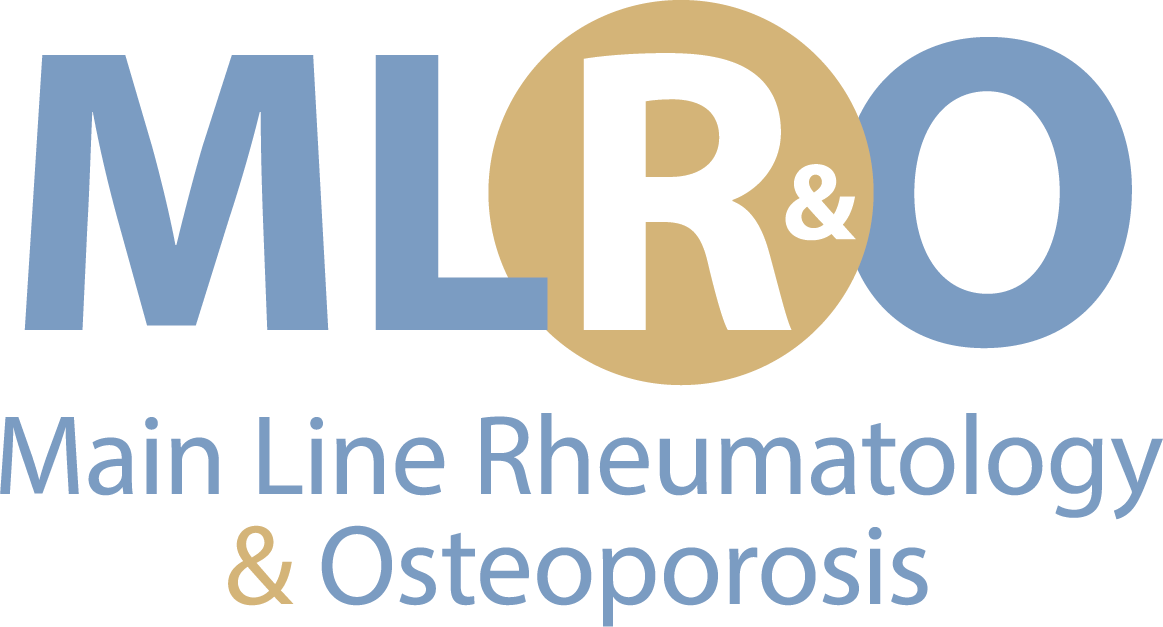Osteoporosis Update 2017
New information continues to emerge in helping us to decide the best treatment for osteoporosis. We still encourage weight-bearing exercise, smoking cessation and moderation in alcohol intake. Vitamin D supplementation (when vitamin D levels are low) is helpful. Taking calcium in foods high in calcium such as dairy products is desirable, but supplementation with calcium pills can be done on a more limited basis than in the past. 600 mg of supplemental calcium is probably as much as should be taken. In patients who have a history of kidney stones, that can be a problem.
Medications fall in two major categories: antiresorptive medications including such drugs as Fosamax, Actonel, and Boniva along with Reclast given intravenously and. drugs such as Forteo and Tymlos,that stimulate new bone growth and are discussed below.
Reclast can be given for 3 years in a row and then should be stopped for at least 1 year. We tend to not use much Boniva in our practice, as the hip data for preserving bone with this drug is not impressive. We administer a lot of Prolia in our practice, an antiresorptive with a slightly different mechanism of action, than the previous drugs. This drug is given subcutaneously in the office, every 6 months. All of these drugs have extremely rare side effects including jaw necrosis and long bone fractures (i.e. in the femur). Of the thousands of patients whom we treat with osteoporosis, we have not seen these side effects in the last 13 years. Hopefully, we are more attentive to these potential problems, and have been able to avoid them.
The length of time one can be on Prolia is not entirely clear. Studies have demonstrated continued benefit from Prolia on bone structure, out to 10 years. There are studies showing that stopping Prolia may be accompanied by an increase in fractures in the year following Prolia cessation. Some experts advocate stopping Prolia after about 8 years, and using Reclast in its place for 1-2 years, since there is still the concern that prolonged use of Prolia, like the bisphosphonates (i.e. Fosamax) might be associated with long bone fractures. This probably seems confusing as there are reasons to continue Prolia, and for reasons to stop (even temporarily) while substituting a different drug option. Time, and more studies will settle this issue. In the meantime, a new bone building drug has been released, called Tymlos. Like Forteo, it is a daily injection. Unlike Forteo which is used for 24 months, Tymlos it is used for 18 months, and it does not need to be refrigerated. The pen which contains 30 injections, is a bit unwieldy compared to the Forteo pen; depending on the hand agility of the patient, ease of use could be an issue. These drugs are used when the anti-resorptive drugs fail, or if the patient has a fragility fracture (i.e. falling from a standing position) and results are encouraging. Patients who have had previous radiation (for cancer) generally cannot use Forteo or Tymlos, but exceptions are sometimes considered.

